I told my son, ‘I forgot something,’ and he told me ‘it’s too late, the boat just sunk.’
Published in yesterday’s Nunatsiaq News, David Kownirk’s letter thanking the Coast Guard and Iqaluit’s emergency department for rescuing him and his family highlights just how quickly things can change when you’re out on the land. Anyone who told you they could predict the weather never lived in Nunavut; as detailed in the excerpt below, she can be fickle, and she can be dangerous:
When we were coming back last weekend from the Tungait outpost camp over 100 kilometres from Iqaluit and we got to Nuvutialujak, it started to get dark and we went into a heavy snowfall. It got dark, so I pulled out the GPS…
About 15 to 20 minutes later it started to snow really heavily and then the GPS arrow started to turn. All of a sudden we hit a shoal and the boat started taking on water right away…
I started throwing our sleeping bags, tent, stove, and lantern, then I got off and we took whatever we had unloaded and started putting it on higher ground.
I told my son, “I forgot something,” and he told me “it’s too late, the boat just sunk.”
I called the emergency department in Iqaluit and started communicating with Michael Salamonie. He told me two boats had left to find us, plus the Coast Guard.
I gave them the GPS co-ordinates and about an hour and a half later we saw a light coming towards us. Then the light started to turn. We kept on flashing our lights towards the boat and when they saw our lights they started heading towards us.
It was the Coast Guard crew. We were brought to the ship, checked by the nurse and brought home the next day.
The Lesson
David’s letter refers not only to the Arctic’s climatic challenges, but it also highlights one major lesson: the importance of being prepared. The hunters in this story were equipped for an emergency (the satellite phone and GPS allowed them to communicate and coordinate with rescue officials) and ready to survive (David mentions they had with them a stove, sleeping bags, a tent, and a lantern).
Reading this letter also reminded me that it will soon be time for me to venture back out into the tundra. We don’t have a boat, but we now have two snowmobiles. Though we only had one Skidoo last winter and spring, we still spent a considerable amount of time on it, taking day or weekend trips whenever the weather (seemingly) cooperated. To be ready for both planned and impromptu journeys, I like to have a backpack stocked and ready to go. Below is a list of what I consider my Arctic survival essentials.
The Gear
I should mention that I used to think picnicking in the park made me outdoorsy. That being said, adjusting to Iqaluit’s truly, intensely outdoorsy culture has been the most exciting and satisfying learning experience of my transition north. And while this is by no means a comprehensive list of survival essentials, these are the items I have been taught to have on hand to keep (or make me feel) safe.
Food and Water
An obvious need, I like to have delicious non-perishables in my pack, which I often supplement with fresh foods. Canned oysters, jerky, and nuts are light, tasty, and full of protein, but my absolute favourite food item to eat on the land is chocolate. When you’re really cold, really hungry, and really tired, chocolate will make everything better.
Location Devices
The two location devices we own are a GPS and a SPOT device. A GPS (Global Positioning System) device uses satellites to calculate a user’s location. We have the Garmin eTrex 20, though we are planning to upgrade to the Monterra model. Whatever GPS device you own, practice using it and make sure you have charged batteries (and consider buying extra maps if you want better resolution and/or more detail).
A SPOT device also uses a satellite network, only it allows for outgoing communication via text messages. The user can pre-program 41-character messages that will be sent to numbers in their SPOT directory. For example, I can send, “At destination” to my partner so he knows that I arrived safely. You can also send messages to local emergency responders.
Tools
For any trip on the land, it is important to have some basic tools, such as a multitool, a knife, a headlamp, a lighter, and rope. For snowmobile trips, we also pack the Skidoo toolkit for any machine-related issues or maintenance.
Extra Parts
Batteries, batteries, batteries! Even if your devices are at full power, the extreme cold will suck the juice right out of them. It’s also smart to have spare snowmachine parts on hand, namely, an extra belt and spark plugs, as these are most likely to need replacement.
Extra Clothing
There’s nothing worse than being cold (for me at least), so I stuff my bag with extra mitts, hats, and socks. You will also want to have an extra pair of polarized sunglasses or goggles; the glare from the snow can cause snow blindness, which will make driving a snowmobile or hiking both uncomfortable and unsafe.
First Aid
Another obvious inclusion. Make sure you refill your first aid kit after every trip if you use any of its items.
Hygiene
Pro tip: baby wipes are the most versatile option for all your on-the-go cleaning needs. You can wipe down your face, hands, dishes, and pretty much anything else (even a baby) with this affordable, portable invention. Combined with a little bottle of hand sanitizer, you can achieve a more than respectable level of cleanliness.
Miscellaneous
Ziploc bags and dry bags will help you keep your stuff organized and dry. And while I have not used them yet, I do continue to include a basic survival guide (mine is from CASARA) and the operator’s guide for our Skidoo in my bag.
Bonus: I never leave the house without Chapstick and lotion, especially in the north (as stated in an earlier post, we are blessed with a “dry cold”).
What do you think of this checklist of essentials? Are there any items you think are missing or could be added? Let us know in the comments or via Twitter; we always appreciate a good travel tip!

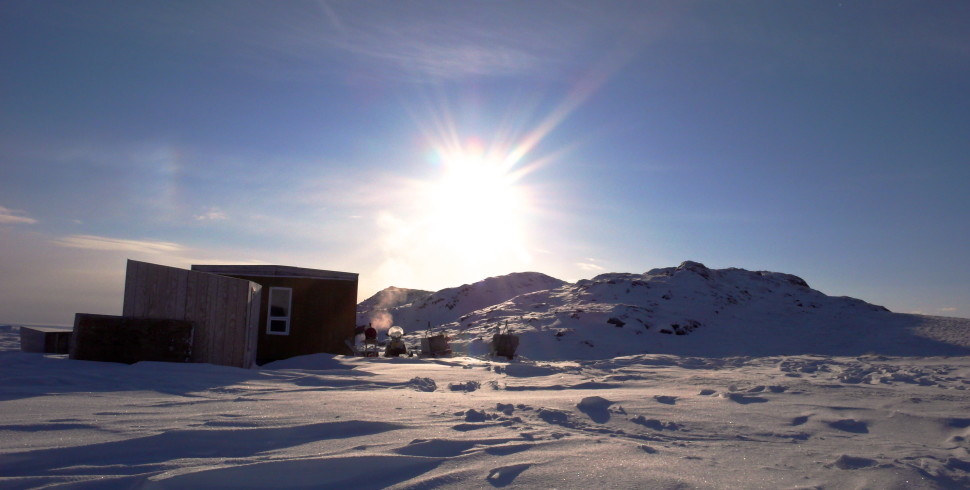
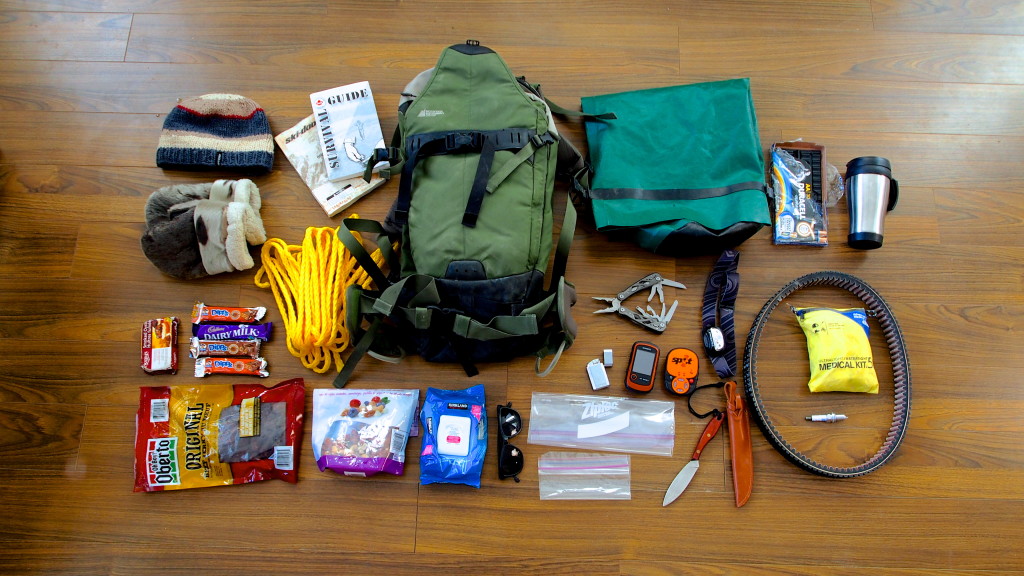
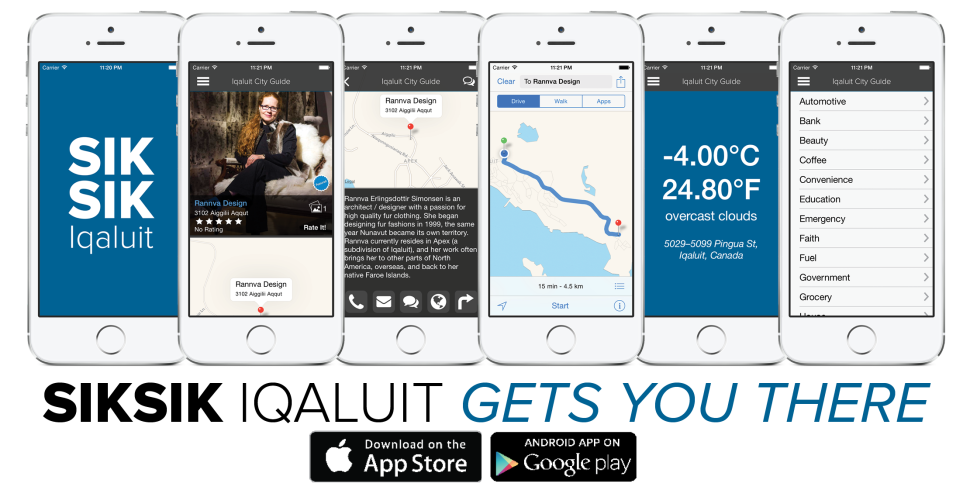
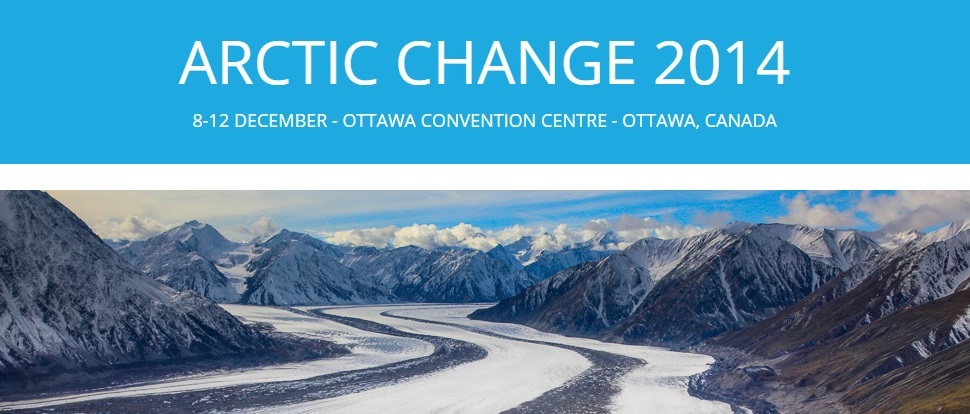



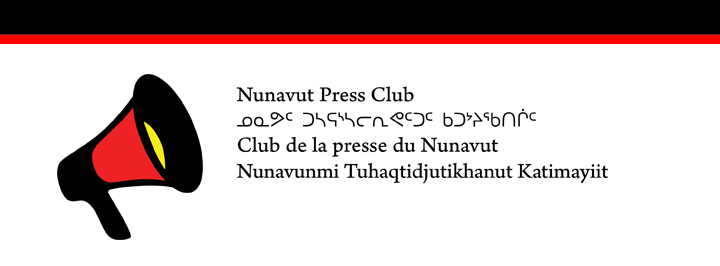
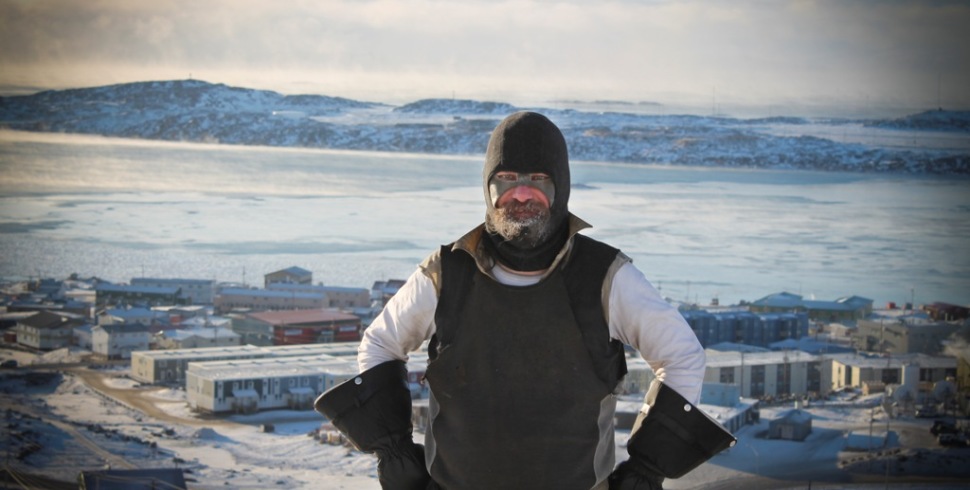




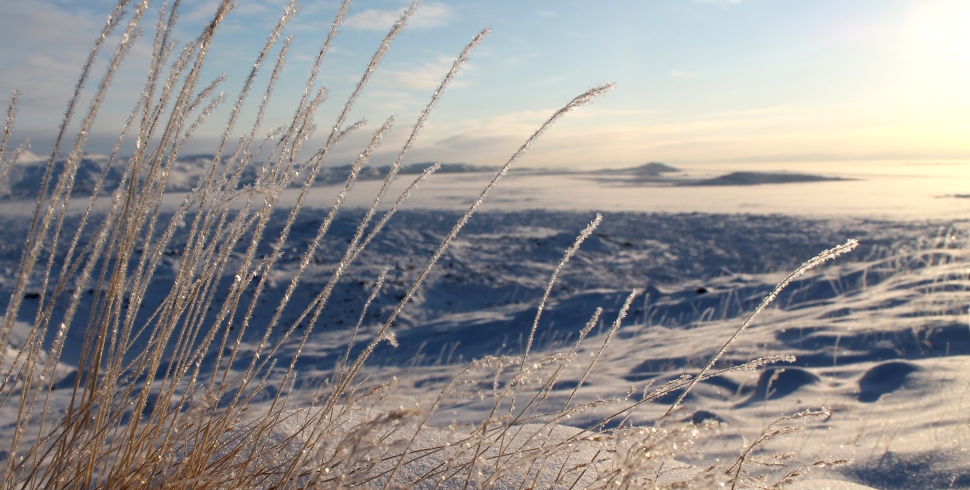
![[GUEST POST] How to Buy Alcohol in Iqaluit](http://findingtruenorth.ca/wp-content/uploads/2014/10/IMG_7936-970x490.jpg)
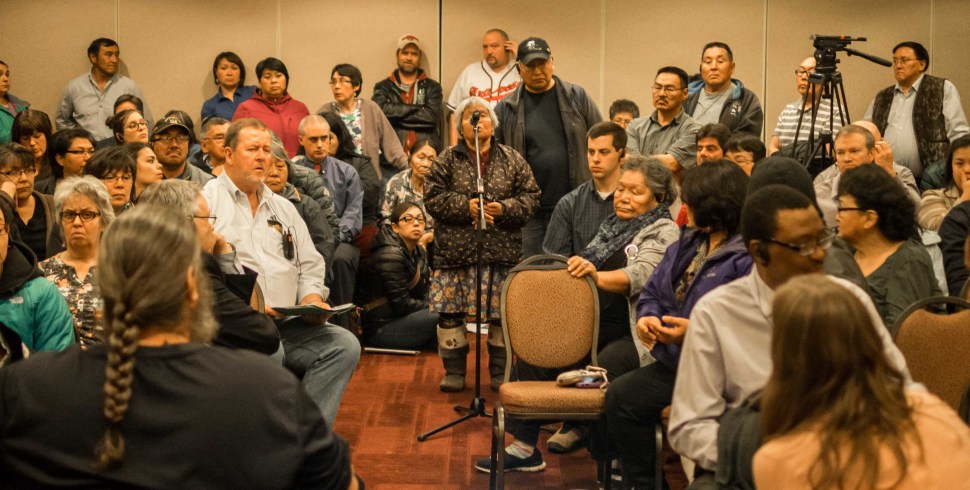


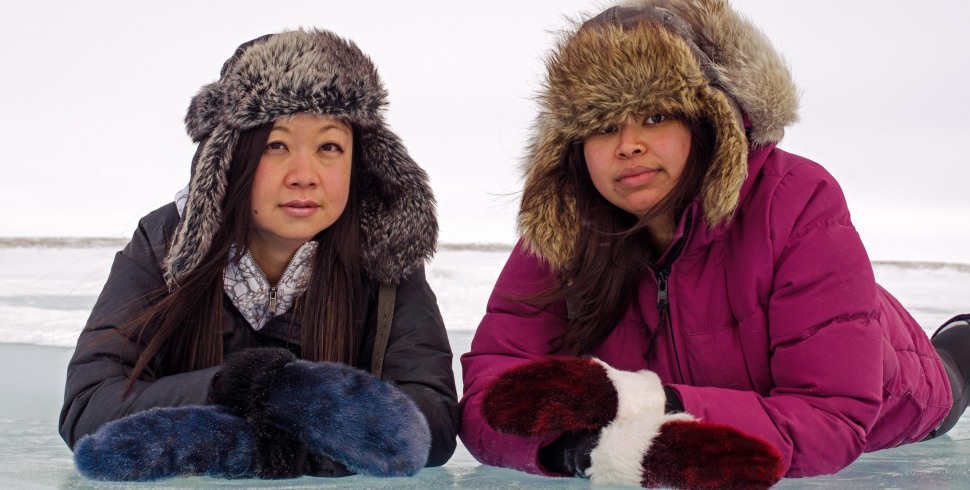
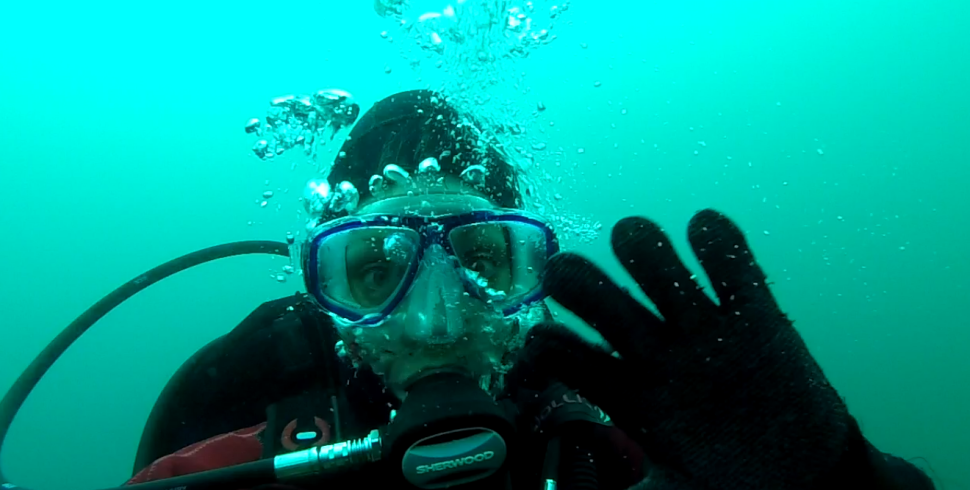
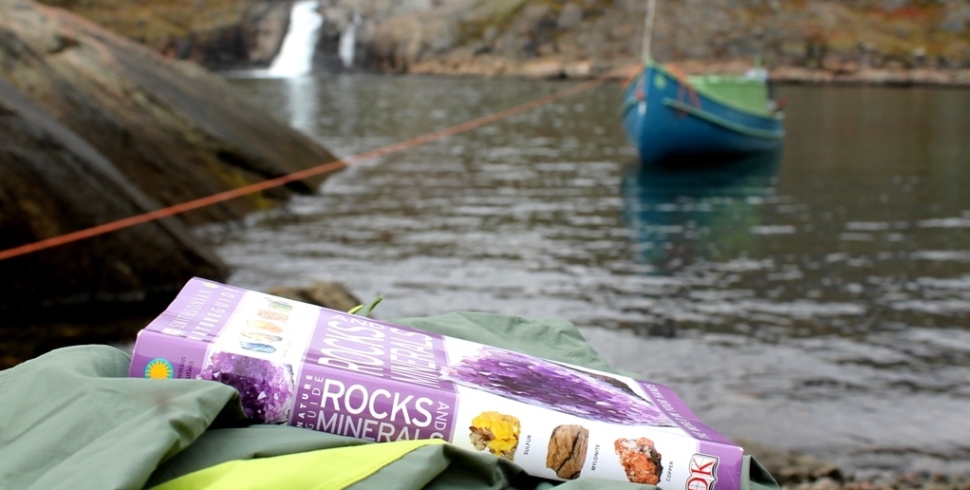
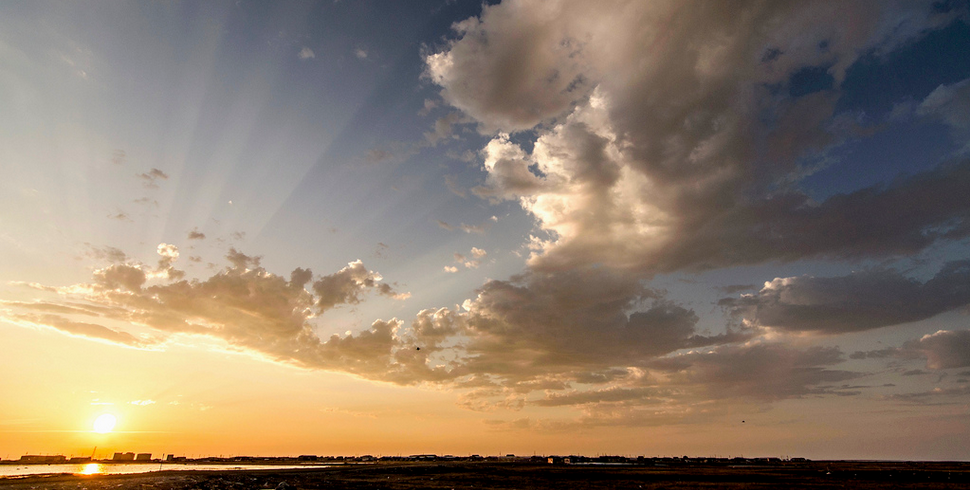
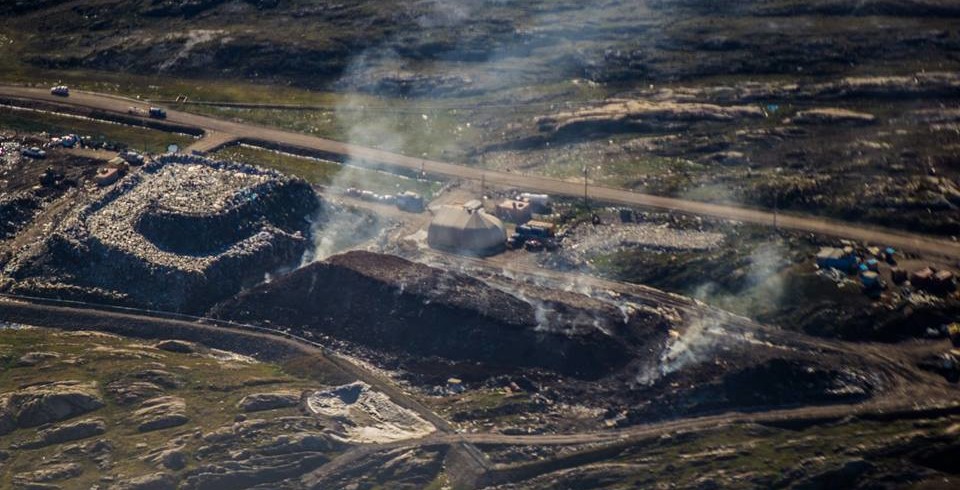
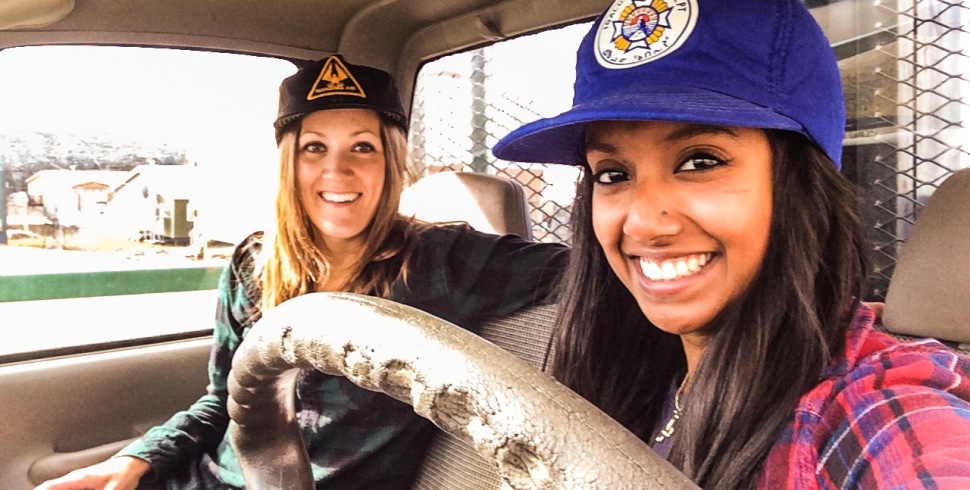



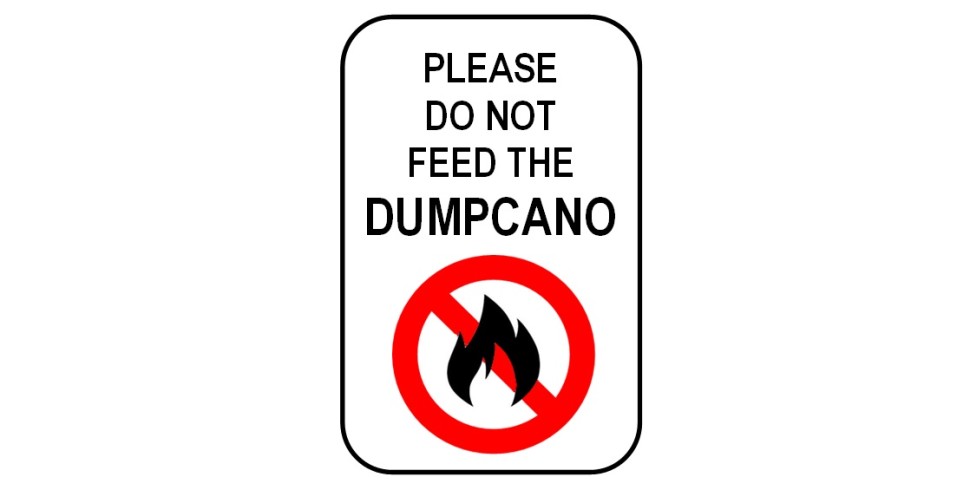
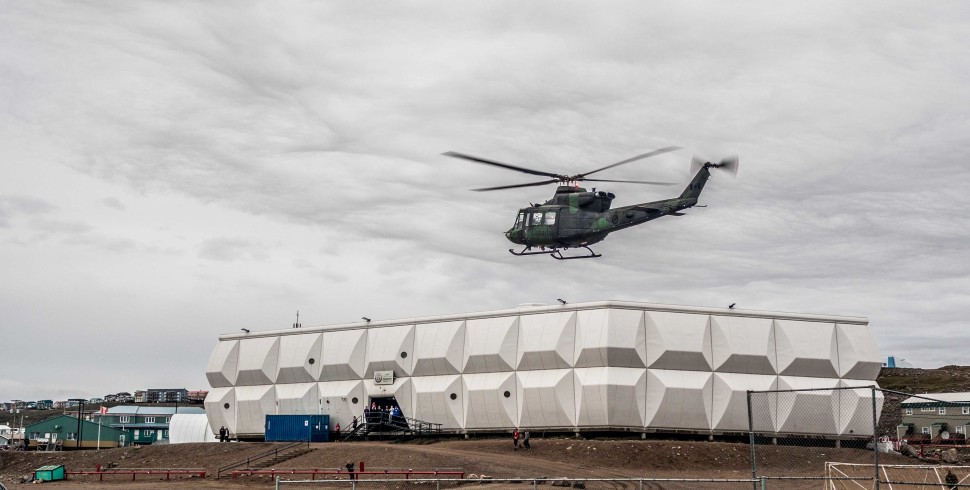


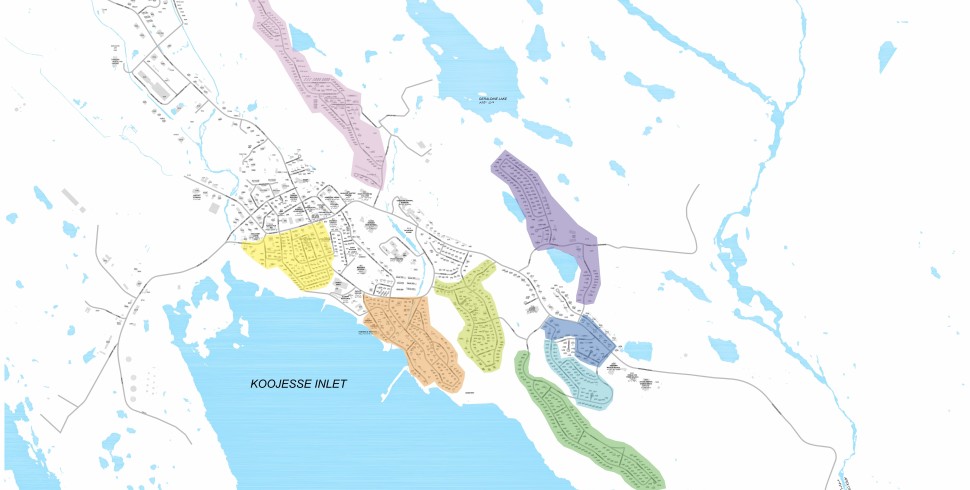
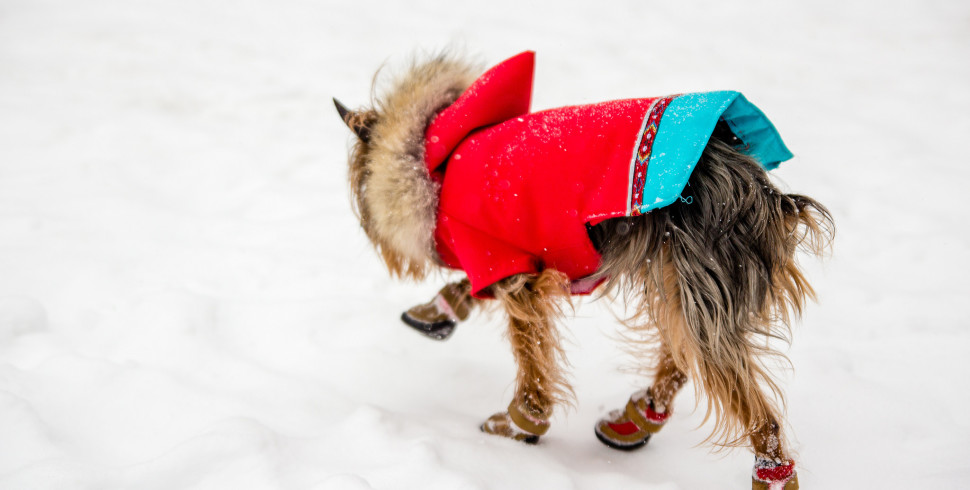
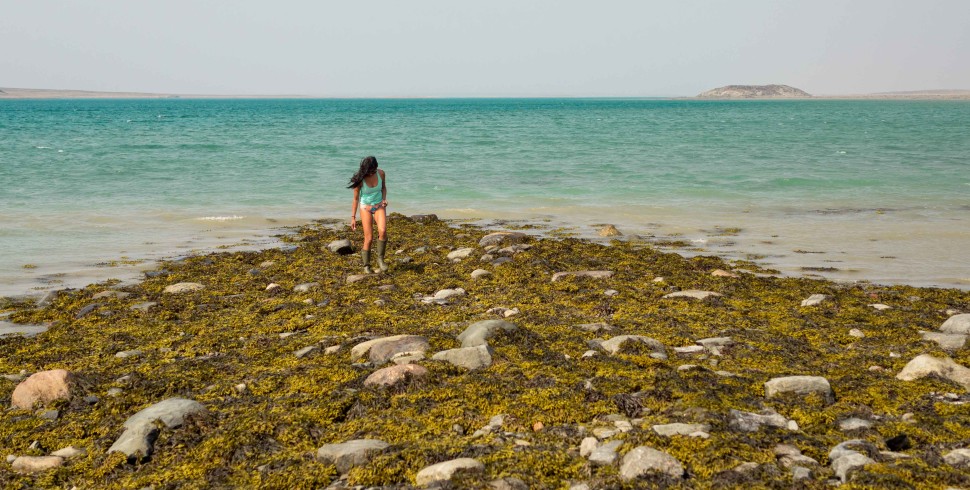
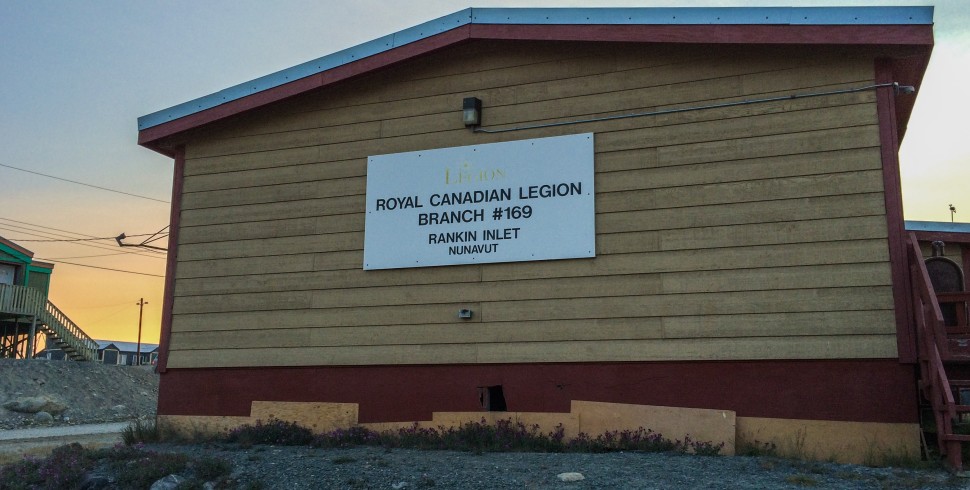
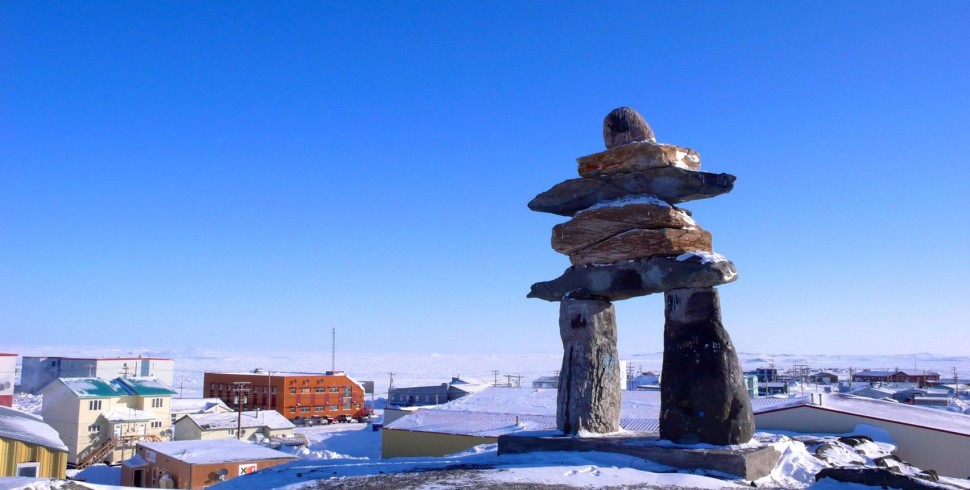
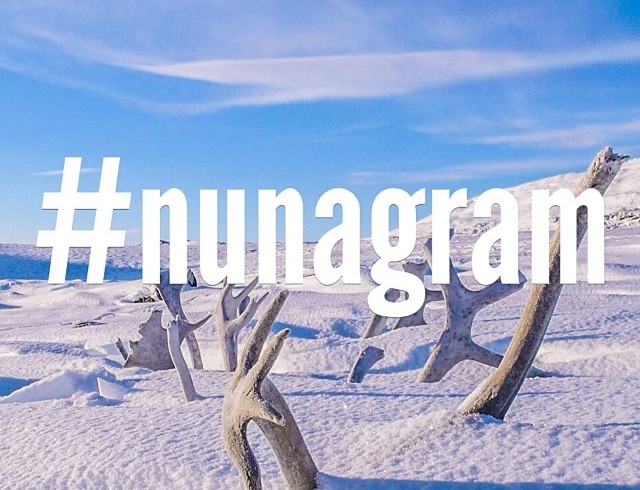
![[Guest Post] Iqaluit Community Greenhouse: Oasis in the Tundra](http://findingtruenorth.ca/wp-content/uploads/2014/07/375665_10151742048070379_1152923082_n-612x490.jpg)
![[GUEST POST] Absolute Car-nage: A Field Guide to the Bumpers of Iqaluit](http://findingtruenorth.ca/wp-content/uploads/2014/07/iqaluit-field-guide-970x490.jpg)
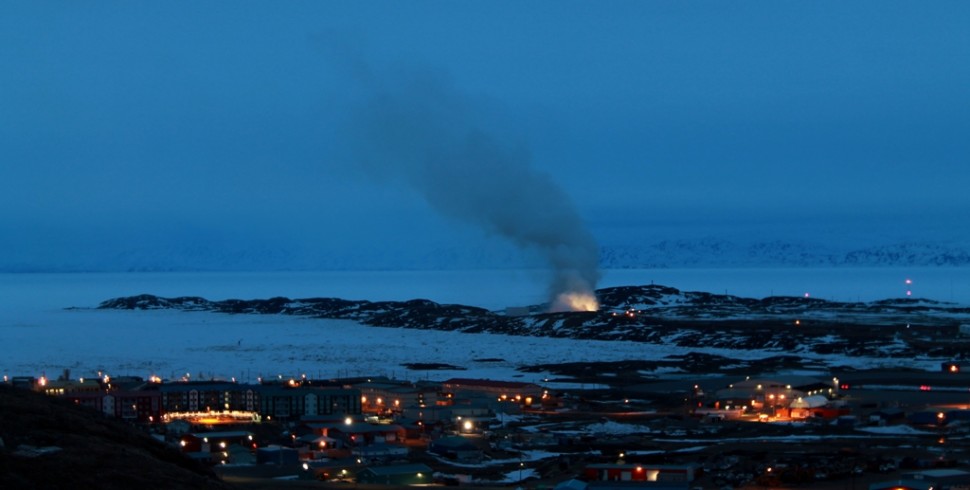
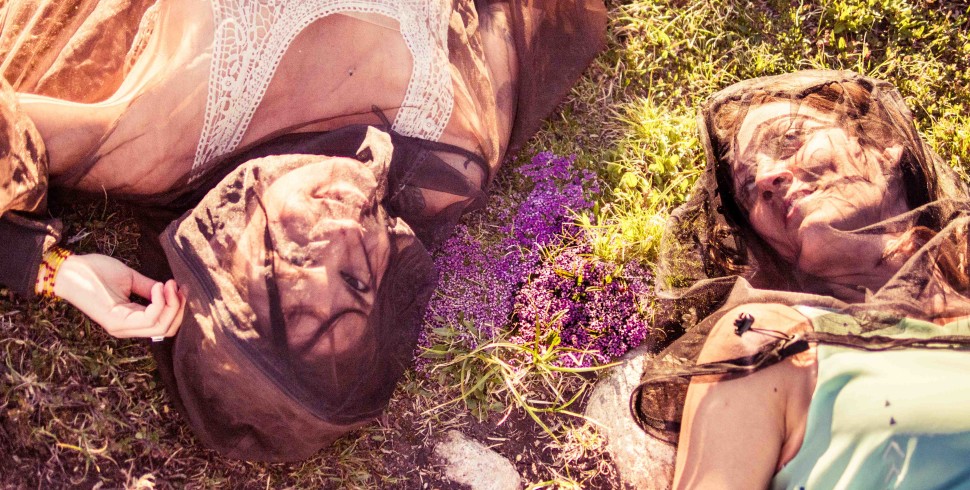
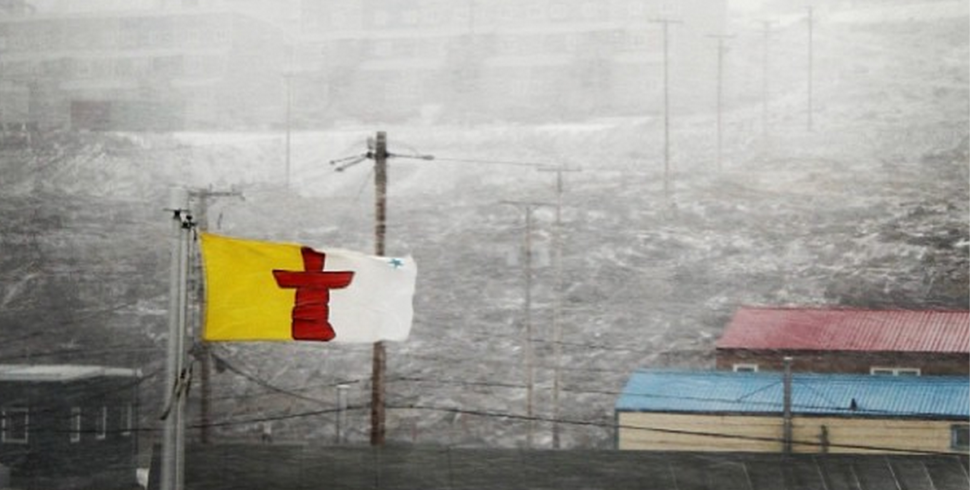
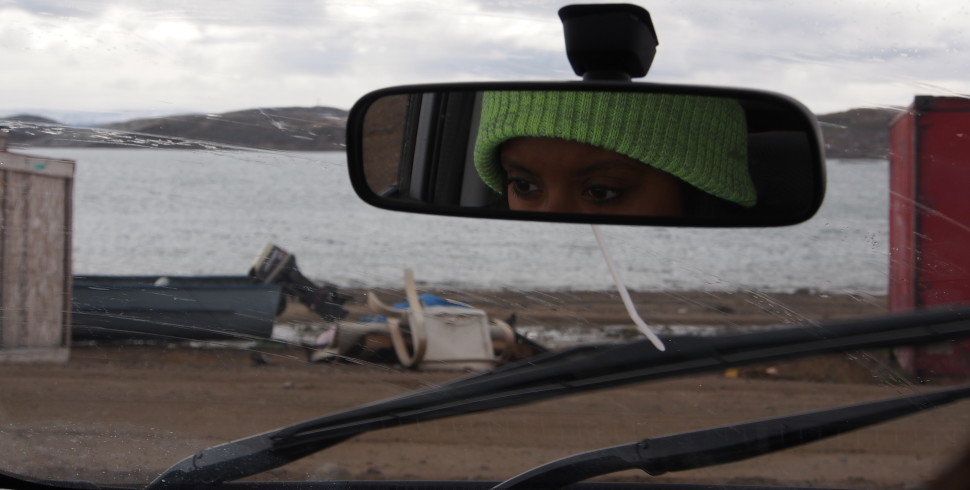
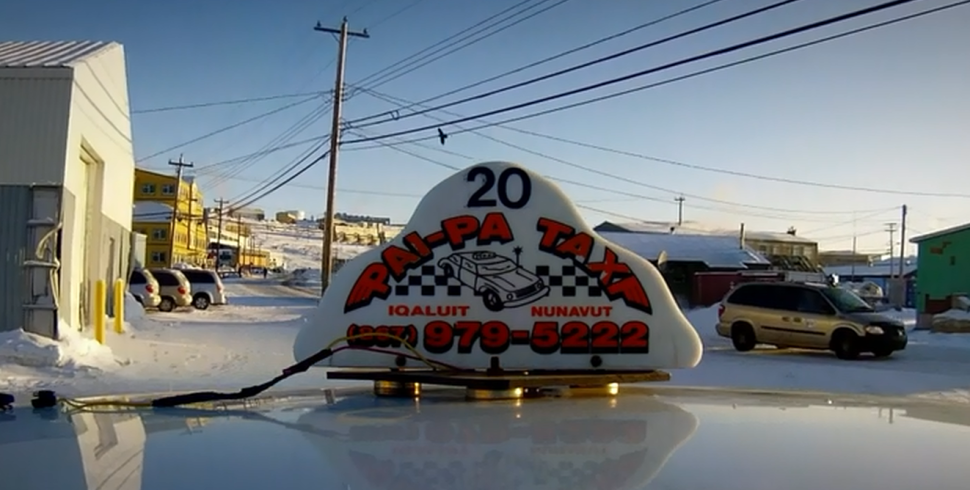
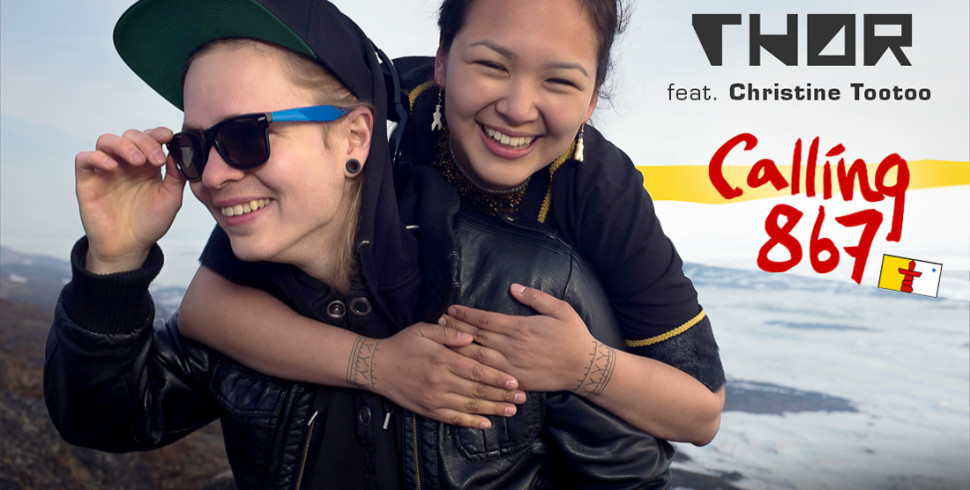
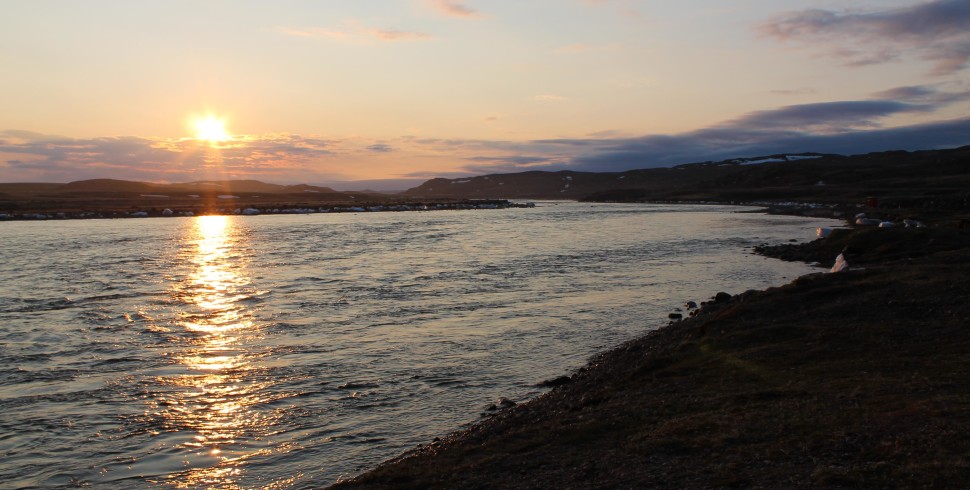
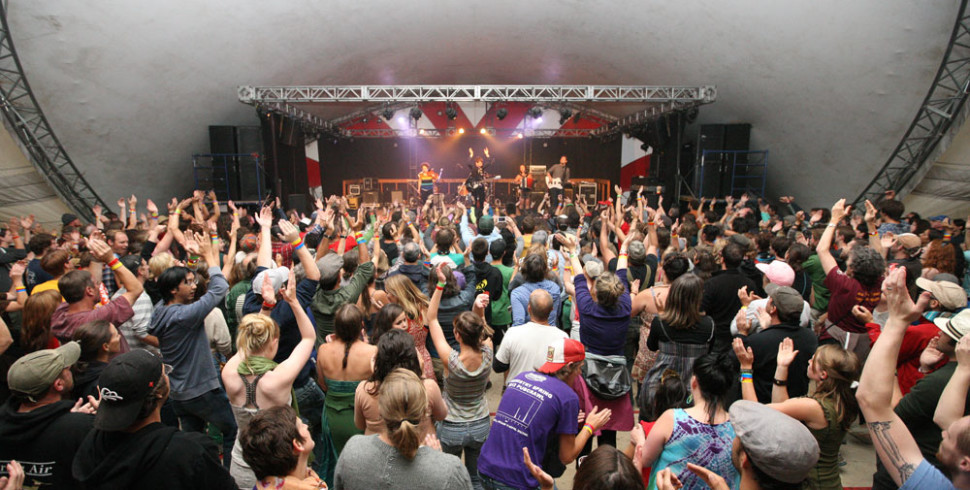
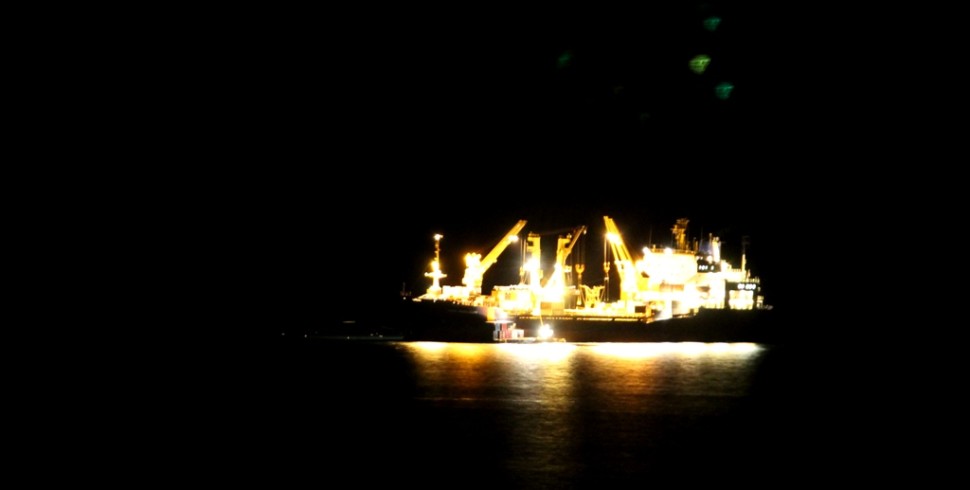
![[GUEST POST] How to Sealift to Iqaluit](http://findingtruenorth.ca/wp-content/uploads/2014/06/sealift-bay-970x490.jpg)
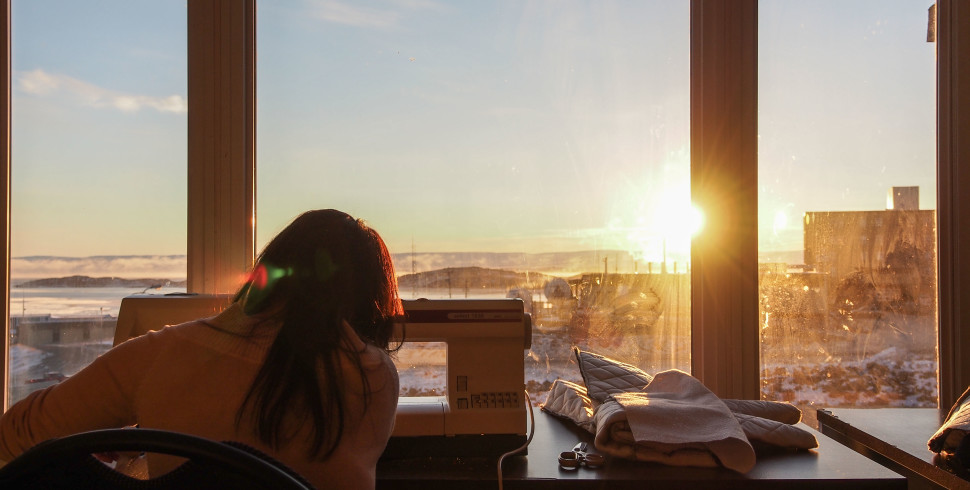
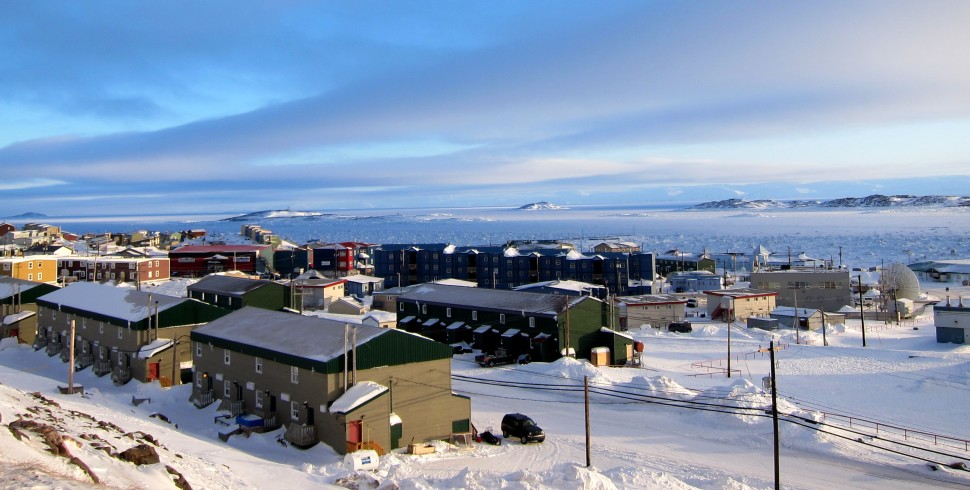
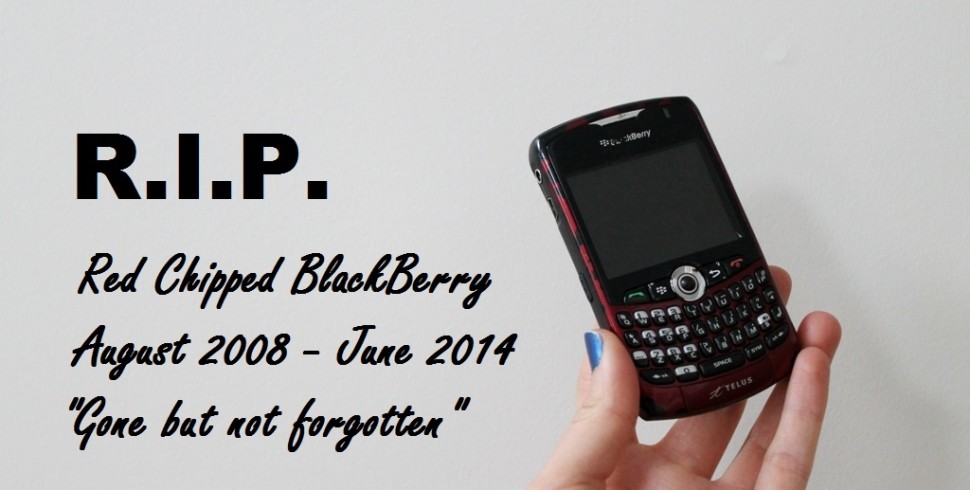
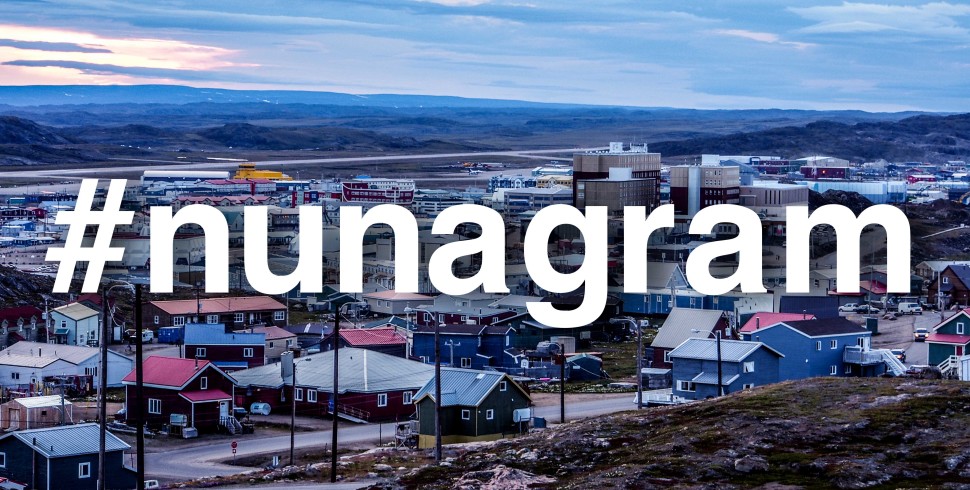
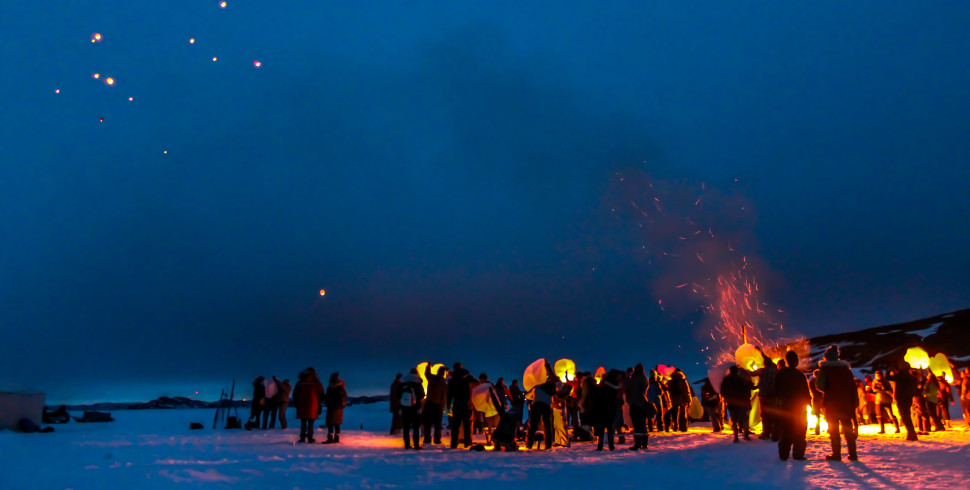
![[GUEST POST] Communications: Nunavut News Thursday, May 22, 2014 13:30](http://findingtruenorth.ca/wp-content/uploads/2014/05/DumpFire-970x490.jpg)



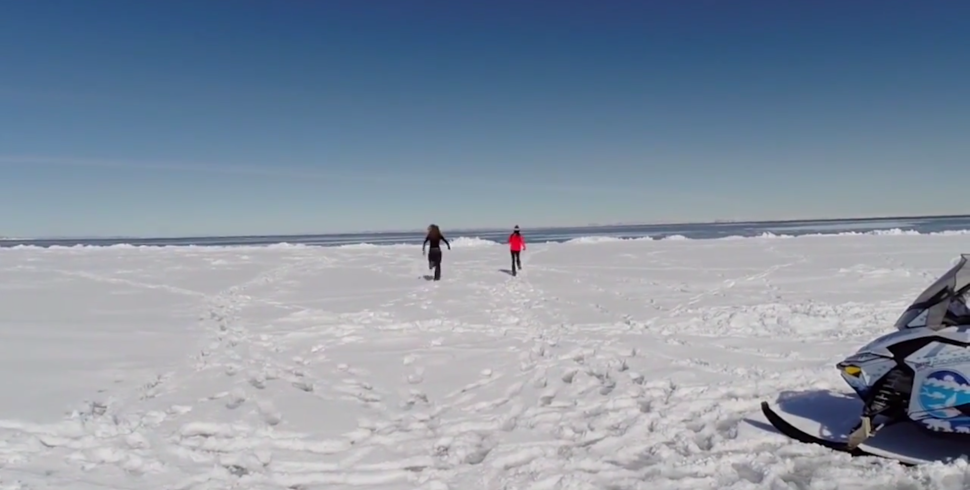

![[GUEST POST] Floppy Sock](http://findingtruenorth.ca/wp-content/uploads/2014/04/6-970x490.jpg)
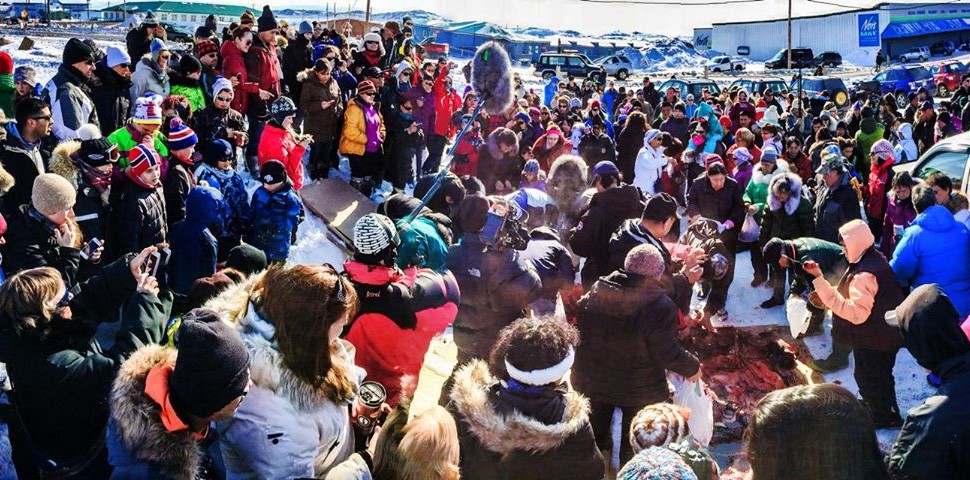
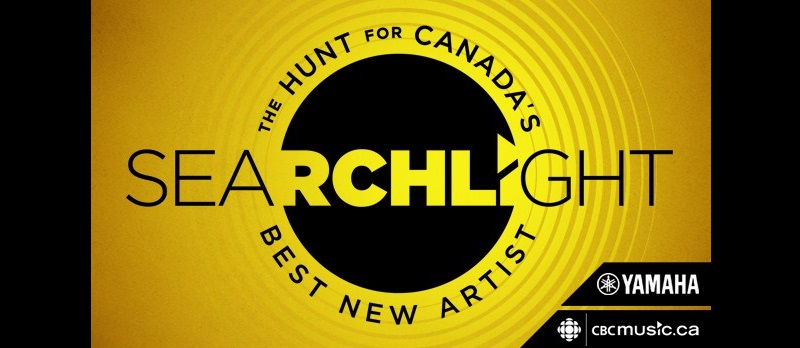

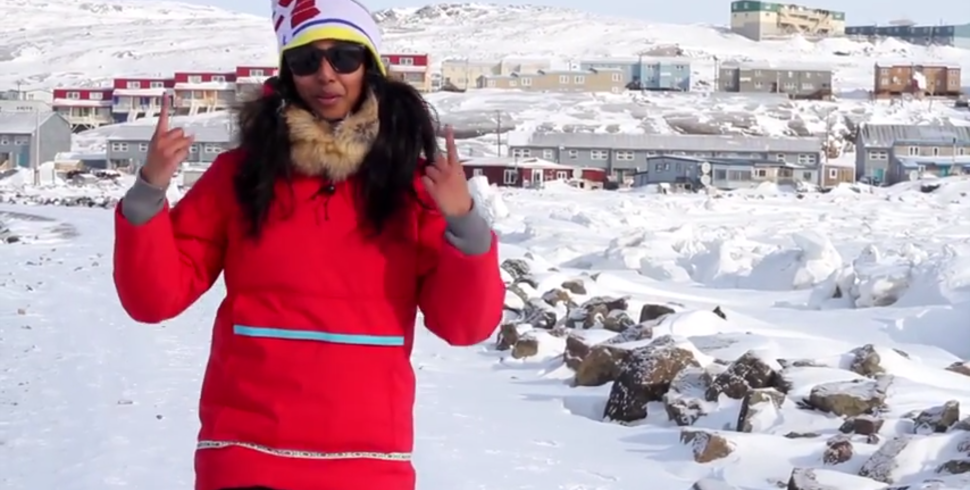
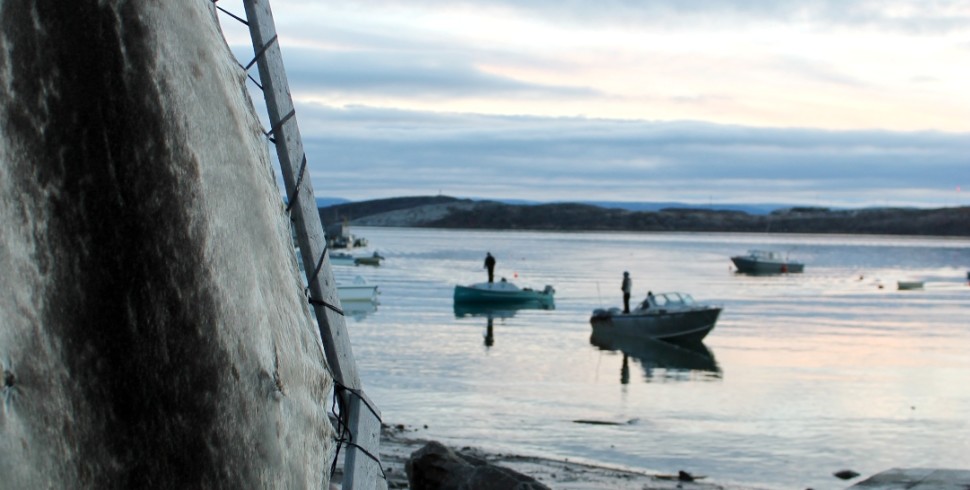
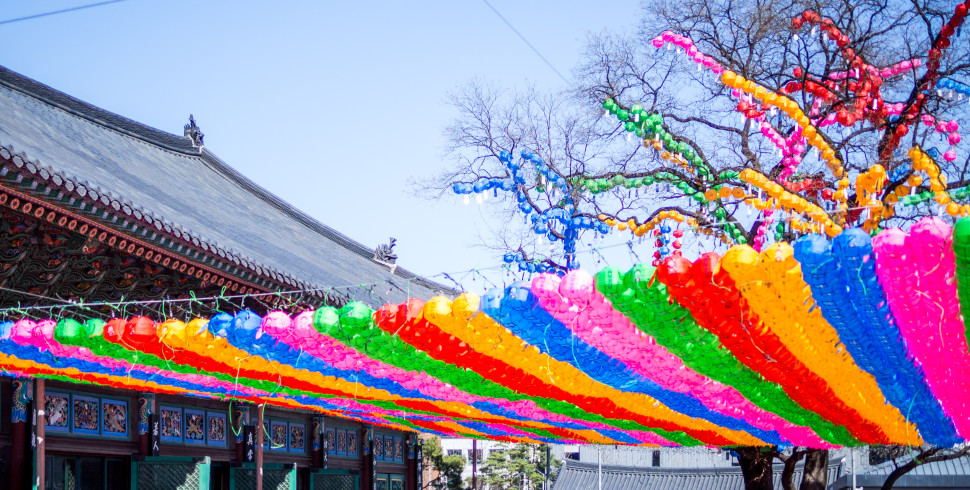

![[GUEST POST] Gustavo’s Guide to Aeroplan, Part Two: Booking a Reward Ticket](http://findingtruenorth.ca/wp-content/uploads/2014/03/plane-960x490.jpg)
![[GUEST POST] Aeroplan to Iqaluit, Part One: Choosing the Right Credit Card](http://findingtruenorth.ca/wp-content/uploads/2014/03/gustavo-ticket-2-970x490.jpg)
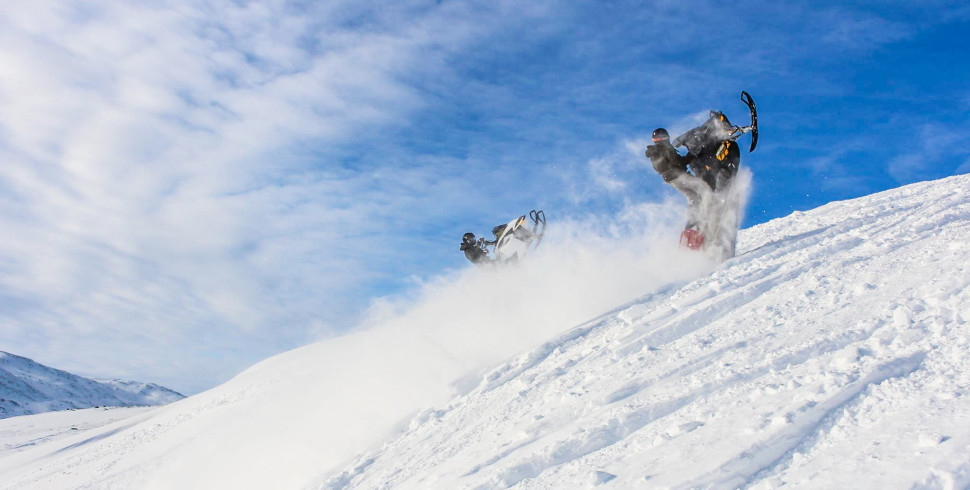
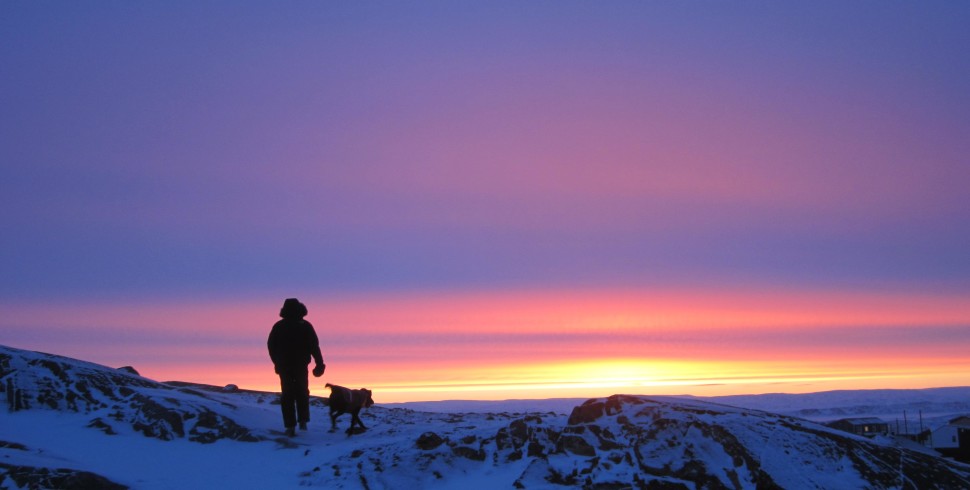
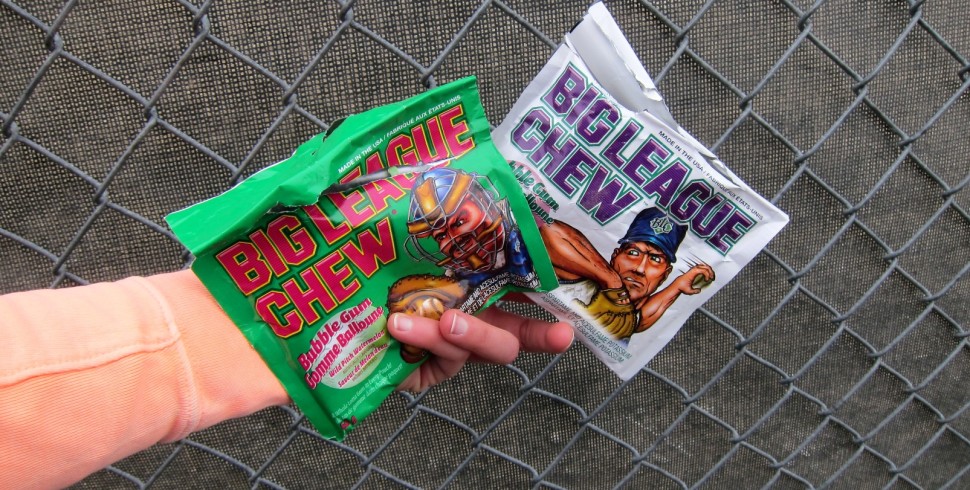
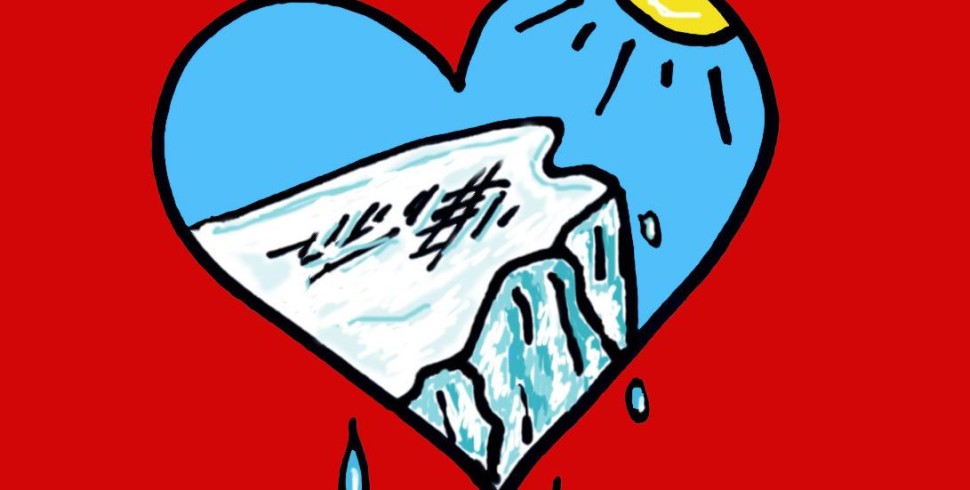
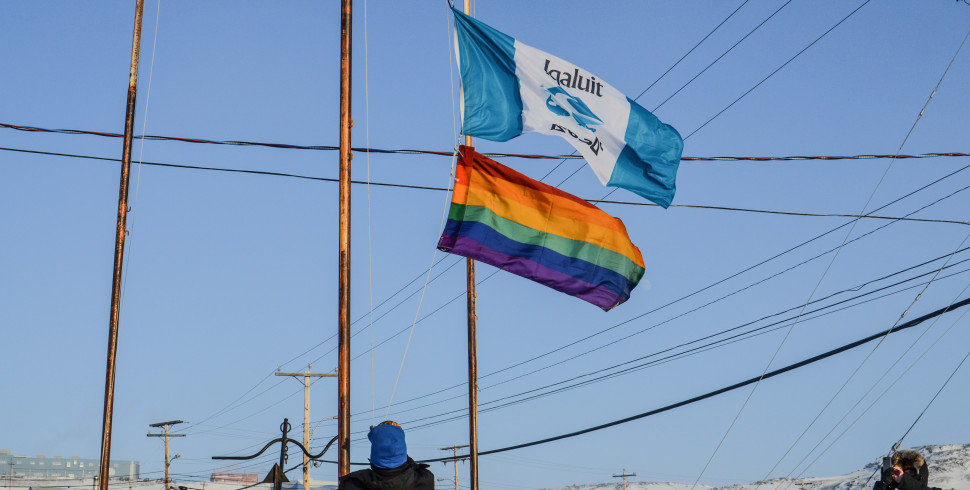
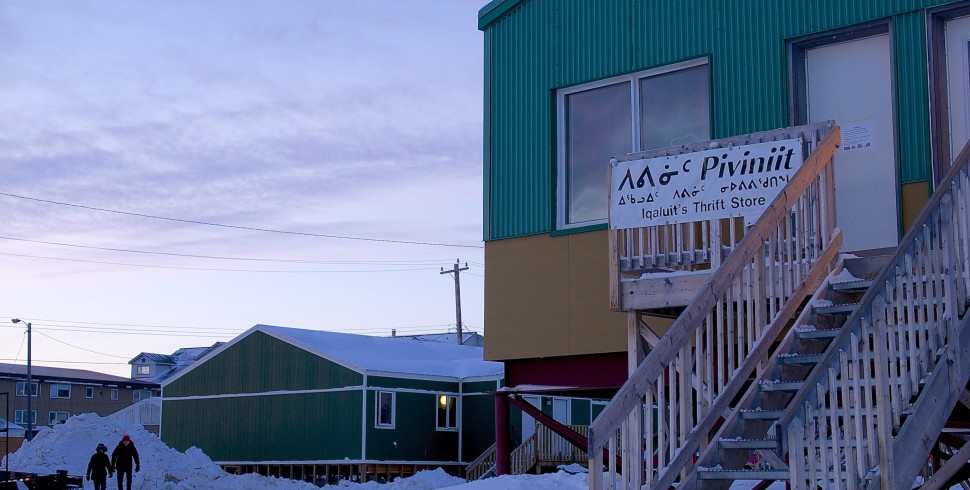

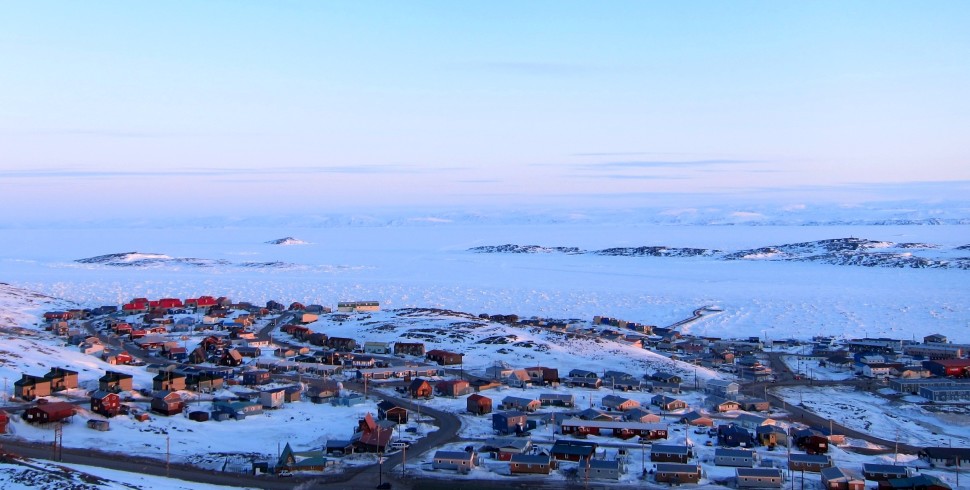
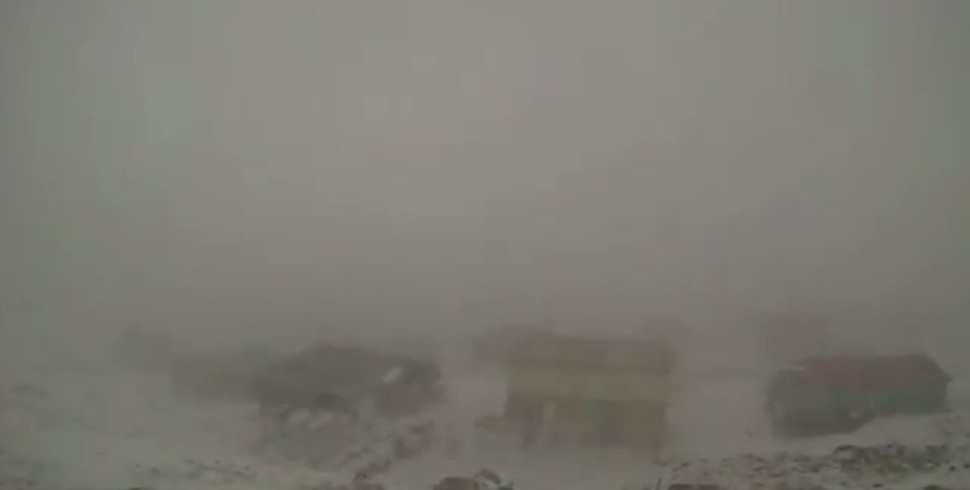
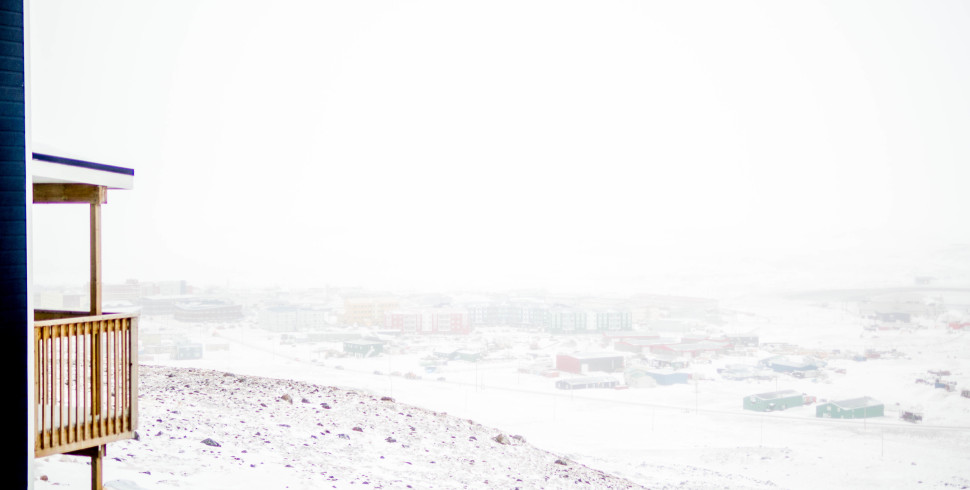
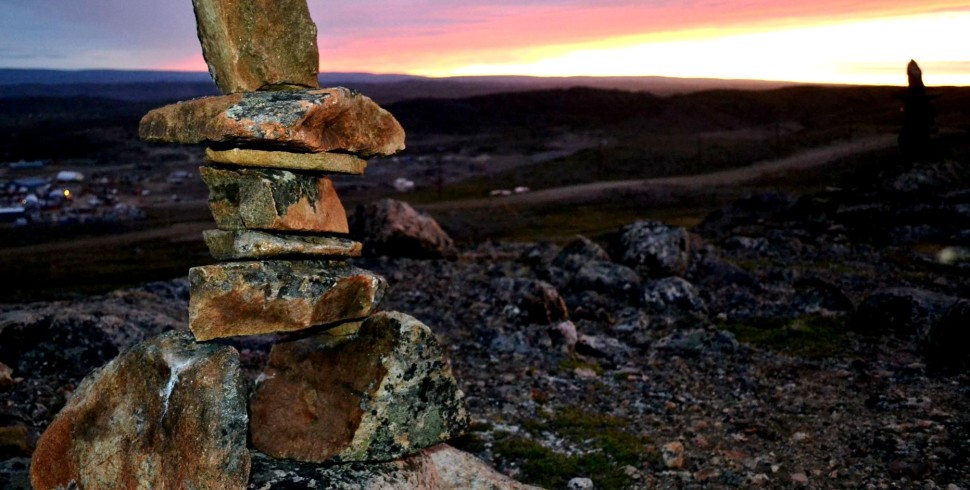
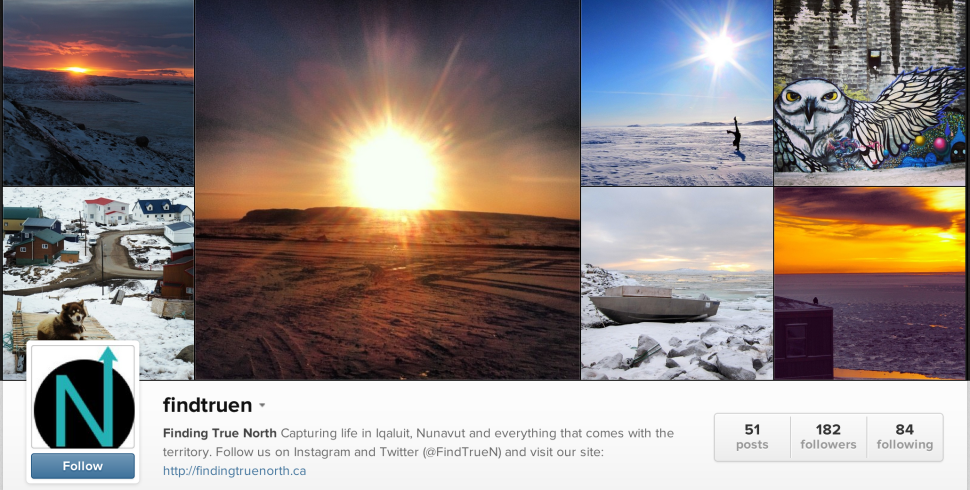
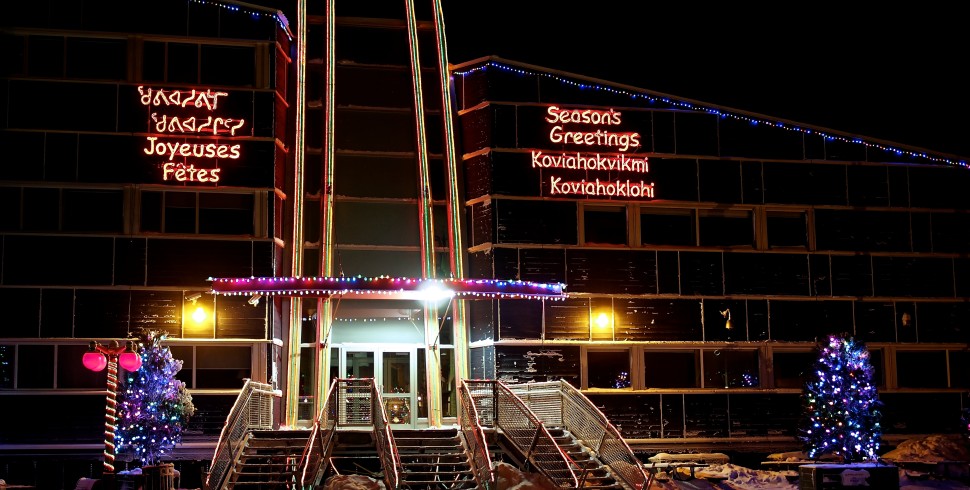
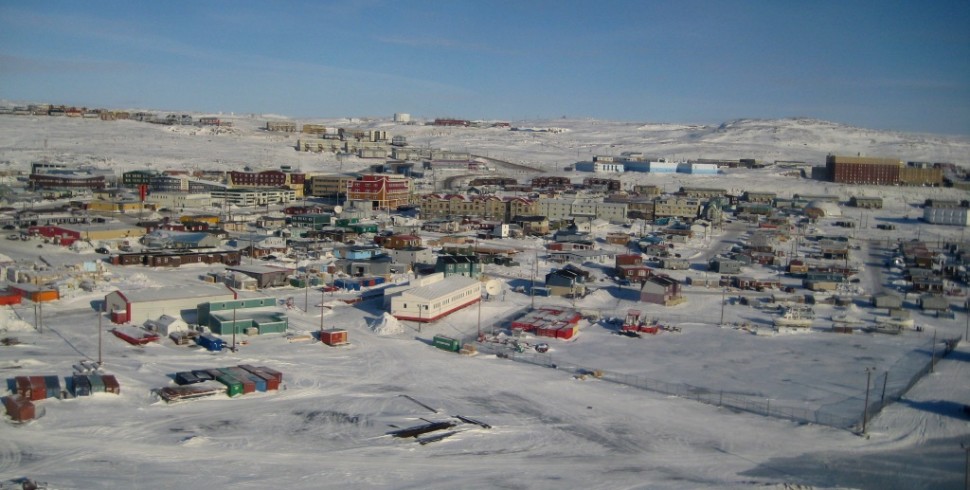

![[Guest Post] 10 Ways Iqaluit is Like a Campus](http://findingtruenorth.ca/wp-content/uploads/2013/12/picstitch-970x490.jpg)
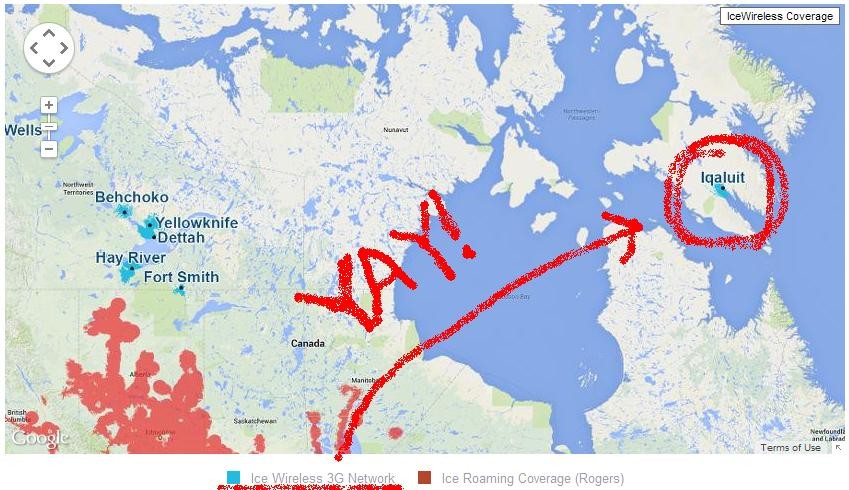
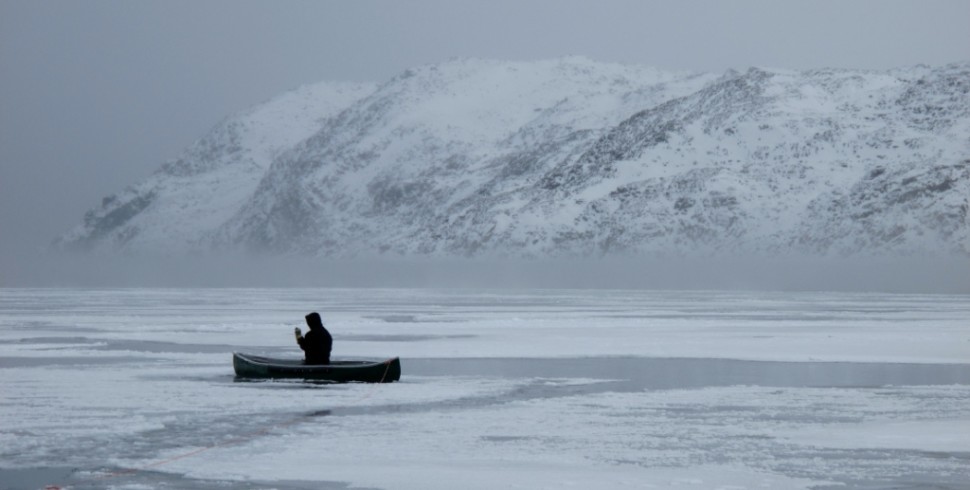
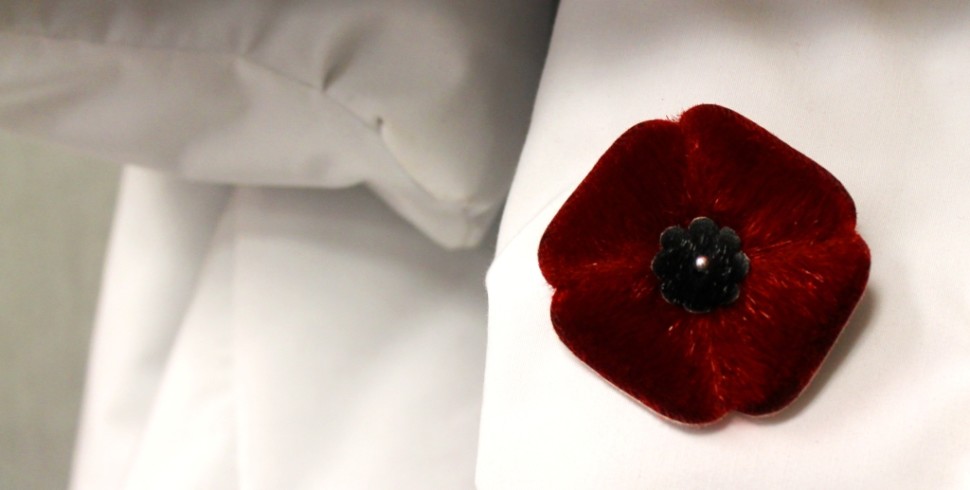
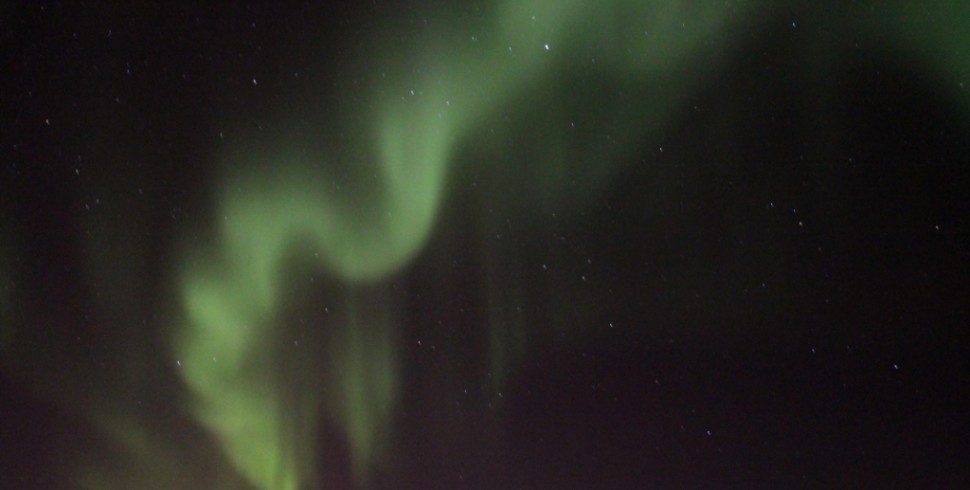
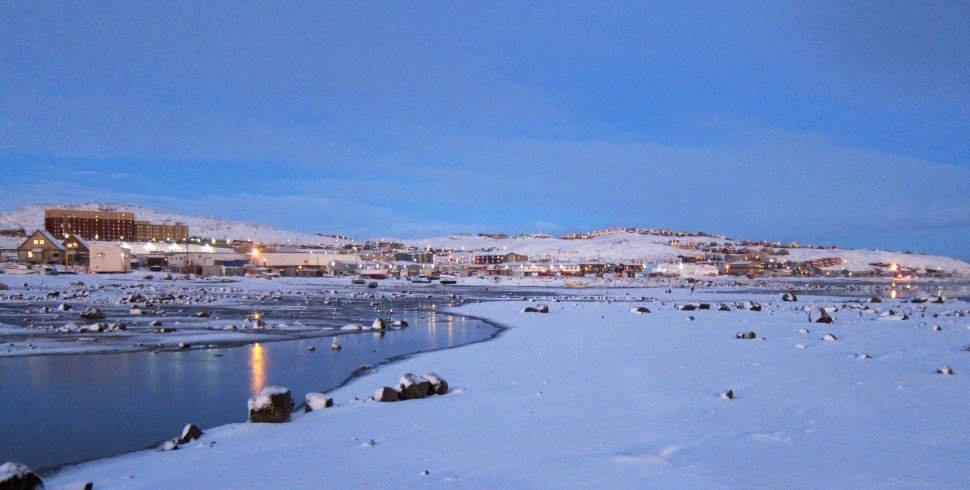
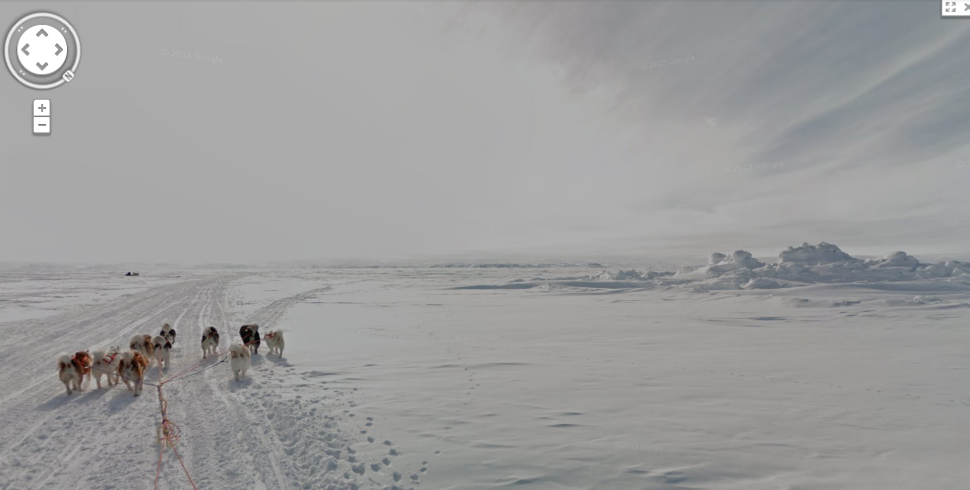

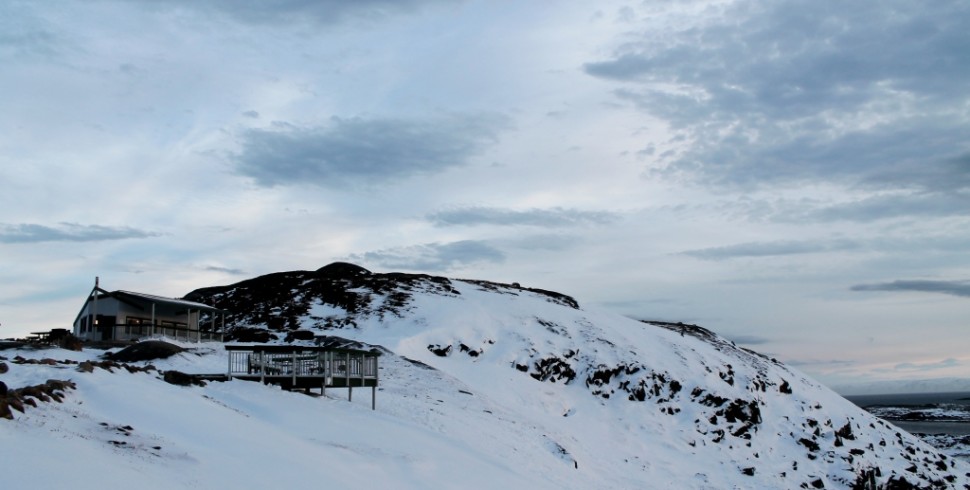
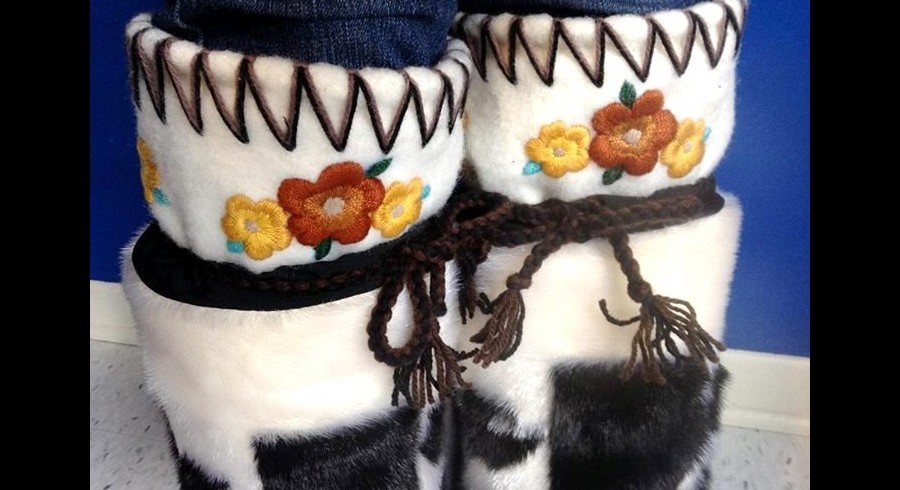
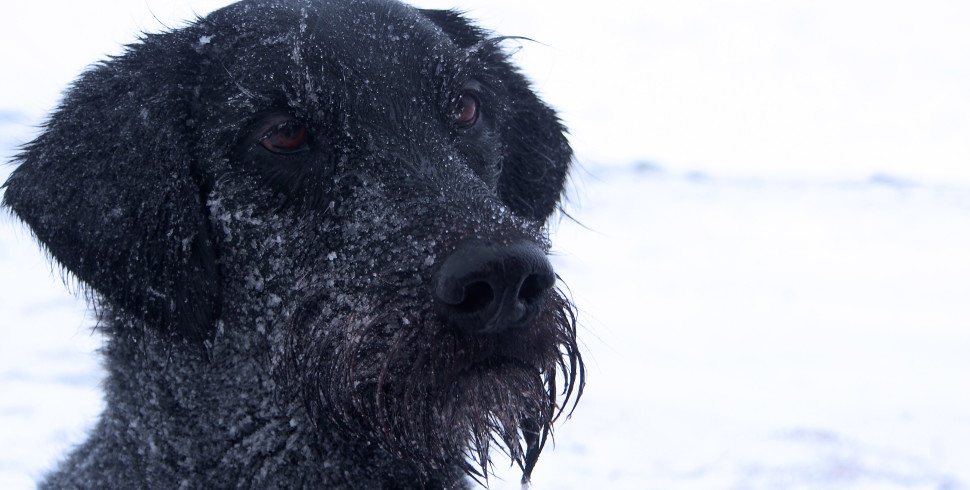
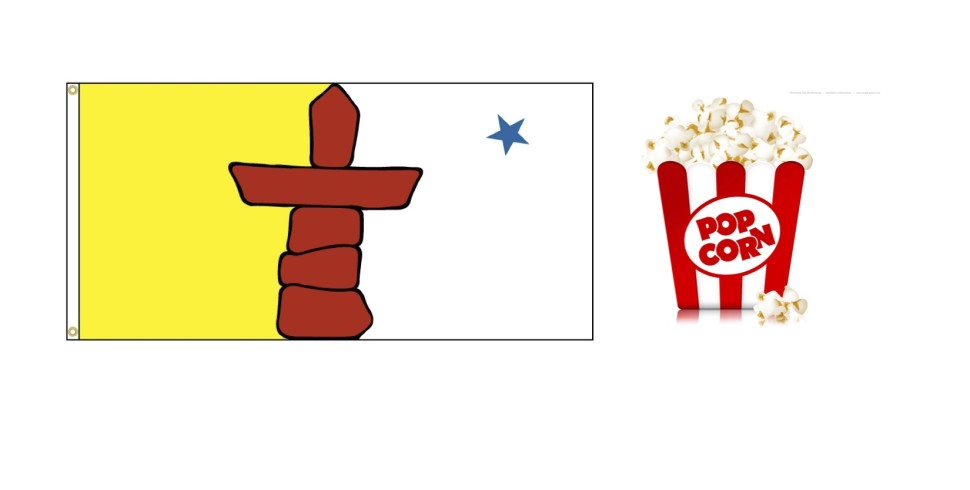
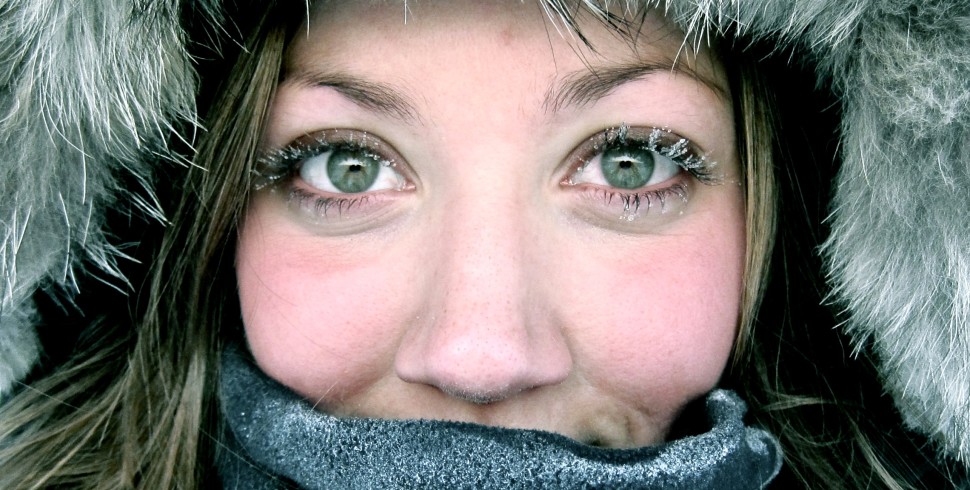


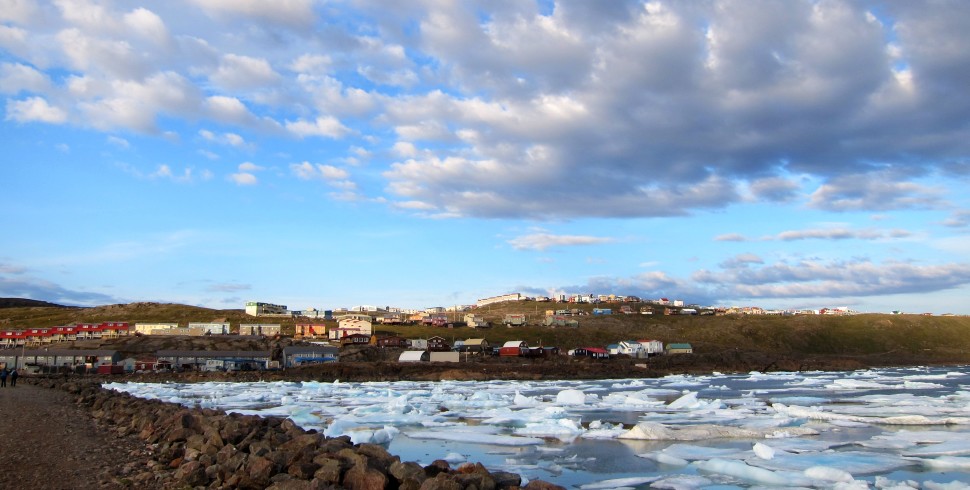
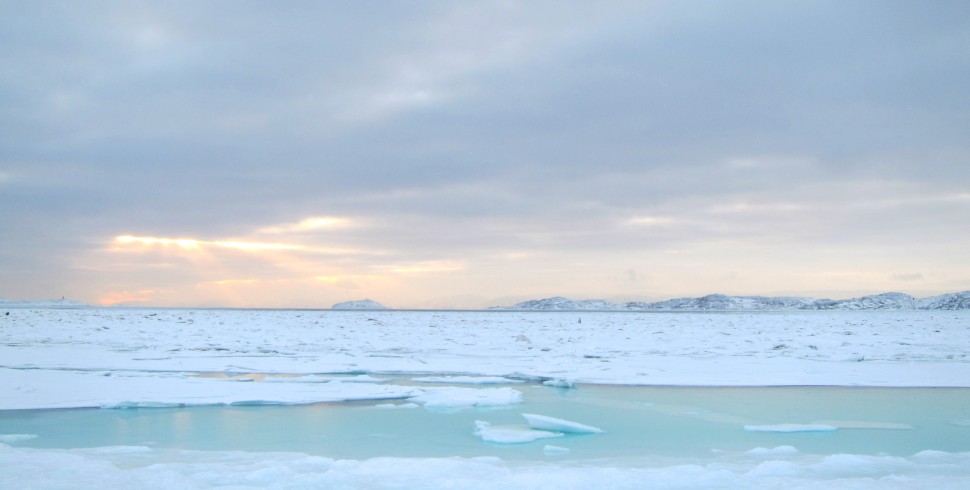
Hey Anuba,
Great Article! This is such a great check list to have before heading onto the land.
The article did lead my thoughts and I had a couple comments and questions;
-Where can someone buy or sign out a satellite phone and GPS?
-Falling under bonus, you may want to include the hand and feet warmer packs – they have saved me out on the land once!
-Another fun item to recommend is the go-pro camera that can document your trip by taking a continuous video or you can put it on picture settings.
As a little side note, you could also include a kamotik! Last year when we went to the yurt party (when Alex and I had met you for the first time hehe) we jumped in the back of your kamotik! You could even add a hyperlink on the word ‘kamotik’ in order to provide some information on what you need to pack for those…. I remember that cushion you guys had put inside that I sat on which saved my ass… literally! haha
Thanks for the great blog!!
Sarah
Thanks for commenting, Sarah!
Good call on the hand/feet warmers! There are a few different types; this is a heated insole sold by Amazon.
In Iqaluit, you can rent location devices (not sure about SAT phones, though), winter camping gear, and other supplies from the Amarok Hunters and Trappers Association. They are located in Building 208 and their number is 979 6848.
I will definitely write a post about loading up the qamutik once the bay freezes and we start going out again. And obviously, Yurtfest 2014 will be captured on Finding True North. I can’t believe we squeezed eight adults into our qamutik!
You forgot to include something about “hidden” ditches around town.
Pro tip. Lol.
This is on-the-land survival tips only! My in-town survival tips are on their way, including tips about ditches, pipes, and snowbanks.
Pingback: Finding True North Holiday Gift Guide | Finding True North
I’d add a handful of glow sticks to your list for two reasons.
(1) Many glow sticks will glow for 6-8 hours, giving you a light source and saving your battery life.
(2) Most glow sticks have a small hole on the end of them to allow a string to be tied. Many people use this feature to simply hang a glow stick up in a tent or whatnot. But if you take a piece of string that is several feet long, tie it to the glow stick, and then twirl the glow stick like a lasso, you will create a very, very visible signal that can be seen from miles away by people on the ground, or especially by people in the air. (It’s a fun trick to show kids as well).
Kevin, that’s an awesome idea! Glow sticks are also excellent for tundra-based Electric Circus recreations, yes?…No? Is it just me, then?
Pingback: 7 Signs Your Lover Loves Their Snowmobile More Than They Love You - Finding True North
Pingback: The (Baffin) Island Connoisseur: Anubha's Entry for #60Days in Tobago
We had a similar incident in Arviat recently. Fortunately everyone was safe and some good lessons learned. Check out Arviat.tv for an interview with Robin Hood.. one of the guys who spent 4 days on the land when the snow machine broke down… Thanks for sharing a great summary of ideas to be prepared!!!